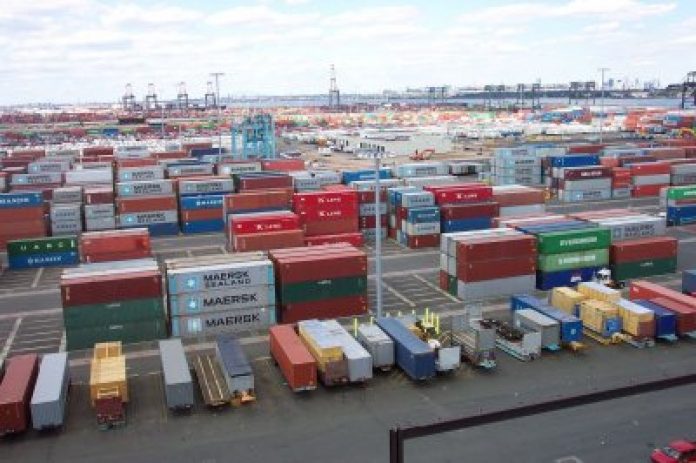
In 2011, we published an article in HBR examining the surprisingly rapid growth of African economies and consumer markets. It helped spark new levels of interest in Africa by the international business community, and companies in a range of industries—from consumer goods to financial services to technology—have since expanded their African footprints.
Today, however, many investors and business leaders are asking whether Africa’s growth has run out of steam. Lower resource prices and higher levels of sociopolitical instability have taken their toll: Africa’s real GDP grew at an average of 3.3% a year between 2010 and 2015, considerably slower than the 5.4% from 2000 to 2010.
New research conducted by the McKinsey Global Institute makes it clear that Africa faces real economic headwinds including declining investment and savings, and rising government indebtedness. Yet the overall picture disguises stark divergence. Growth has slowed sharply among oil exporters and North African countries affected by the 2011 Arab Spring democracy movements—but the rest of Africa posted accelerating growth at an average annual rate of 4.4% from 2010 to 2015, compared with 4.1% between 2000 and 2010.
That points to robust long-term economic fundamentals. In an aging world, Africa has the advantage of a young and growing population and will soon have the fastest urbanization rate in the world. By 2034, the countries of Africa are expected to have a larger workforce than either China or India—and, so far, job creation is outpacing growth in the labor force. Accelerating technological change is unlocking new opportunities for consumers and businesses, and Africa still has abundant resources.
All this means that the continent still offers promising opportunities for global investors and businesses. Spending by African consumers and businesses today totals $4 trillion. Household consumption is expected to grow at an average 3.8% a year to reach $2.1 trillion in 2025, fueled both by population growth and rising incomes. In East Africa alone, more than six million households are expected to enter the consumer class by 2025. Business spending is even greater, and is expected to grow from $2.6 trillion in 2015 to $3.5 trillion by 2025.
Our new research also shines a spotlight on the businesses—both global multinationals and Africa-based corporations—that are best poised to serve these burgeoning markets. Africa has more large firms than is commonly assumed. When we ask business audiences to guess how many companies with revenues above $1 billion are operating across the continent, their answers range from 50 to 100—but the true number is 400, with a combined annual income of $1.2 trillion. Across most sectors, these companies are growing faster and are more profitable than their global peers. Our database of large companies shows that Africa has a more diversified corporate landscape than might have been expected. For instance, we find that only 30% of revenues are earned by companies that operate in the resources sector. Around two-fifths of the 400 companies are publicly listed, and just under 30% of them are multinational corporations.
Yet corporate Africa needs to step up its performance to make the most of the continent’s economic opportunities. Outside of South Africa, the continent has only 60% of the number of large firms one would expect if it were on a par with peer regions—and their average revenue, at $2 billion a year, is less than half that of large firms in Brazil, India, Mexico, and Russia, for instance. No African-owned company is in the Fortune 500.
To unlock growth, companies should look for opportunities in six sectors that we find have “white space”— wholesale and retail, food and agri-processing, health care, financial services, light manufacturing, and construction. All these sectors are characterized by high growth, high profitability, and low consolidation. In manufacturing in particular, we estimate that Africa could nearly double its output from $500 billion today to $930 billion in 2025. Three quarters of that potential could come from meeting domestic demand: today, Africa imports one-third of the food, beverages, and similar processed goods it consumes.
To build profitable pan-African businesses, there are several key steps that companies can take. When tapping consumer markets, they will need to develop a detailed understanding of income, category, and geographic trends—including the very different growth and stability profiles of each African country. Thriving in business markets will require them to offer products and develop sales forces able to target Africa’s relatively fragmented private sector.
Companies looking to grow across the continent should develop a strong position in their home market, use that as a base for expanding into markets well beyond their immediate region, adopt a long-term perspective, invest in talent, and build the partnerships needed to sustain success over decades. The best-performing multinationals in Africa to date have been patient and built a wide footprint; most have been in Africa for longer than fifteen years and more than half are present in more than ten countries.
The turbulence—both economic and political—in parts of Africa in recent years has doubtless been a shock, but it has not derailed the continent’s growth story. No doubt, there is much that governments must do to improve the fitness of Africa’s economies, including accelerating infrastructure development, deepening regional integration, creating tomorrow’s talent, and ensuring healthy urbanization. But the private sector’s role is just as important. Large companies, both African-owned and global, must be front and center in the continent’s march toward prosperity.
Authors:
Acha Leke is a senior partner at McKinsey & Company based in Johannesburg.
Paul Jacobson is a McKinsey Global Institute (MGI) senior fellow in Johannesburg.
Susan Lund is a McKinsey Global Institute partner based in Washington, DC.









